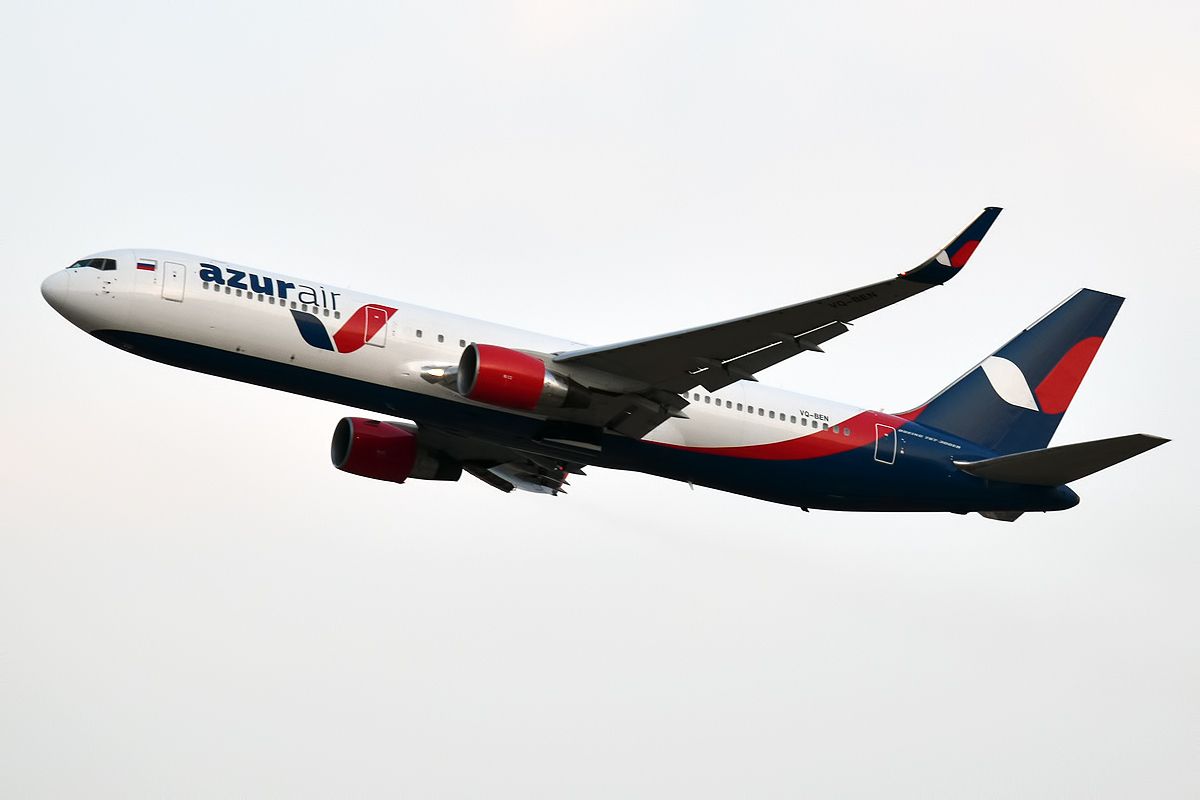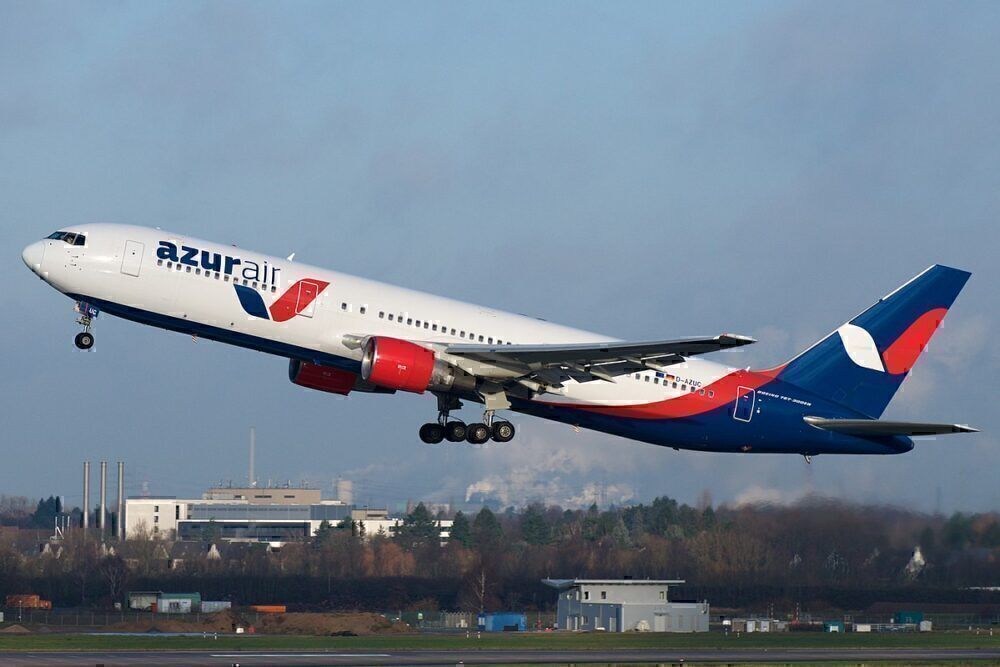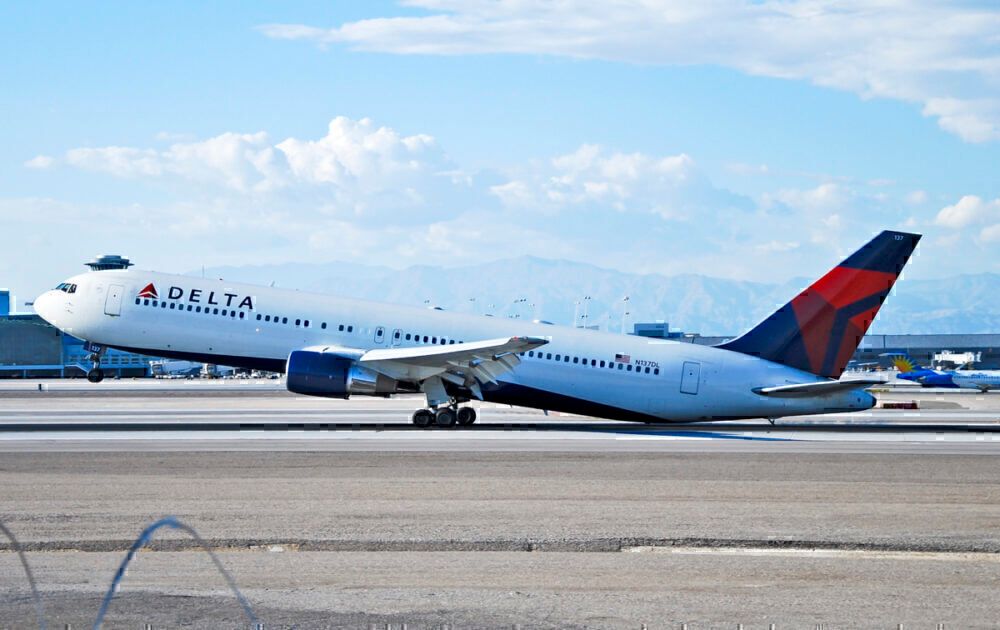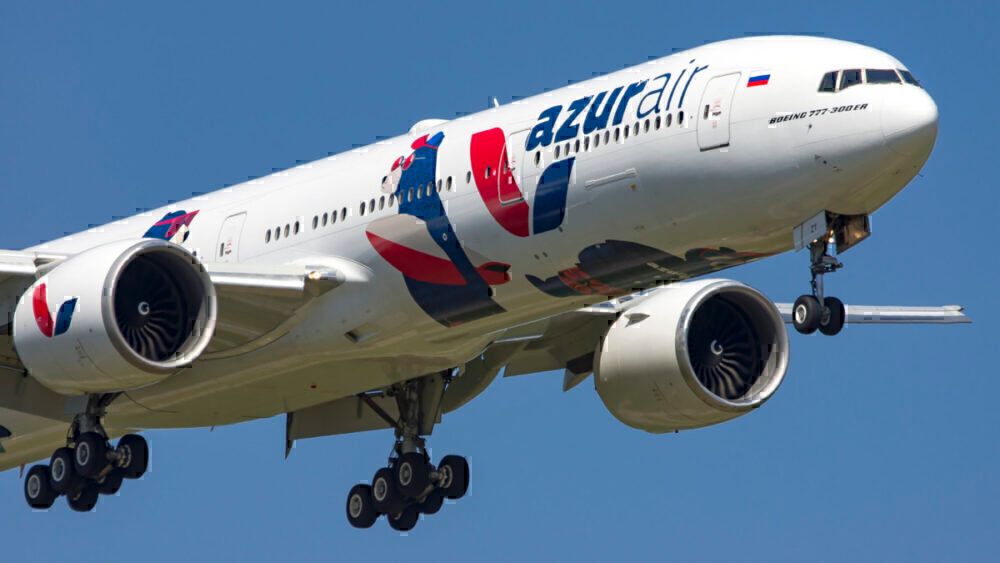An Azur Air 767 suffered a tail strike while landing in Moscow's Vnukovo airport on Tuesday. The flight had 336 passengers and 10 crew onboard and safely taxied to the apron after the incident. The plane reportedly struck the runway for over 100m, causing damage to the aft fuselage.
The incident
The aircraft involved in the incident is a 19-year-old Boeing 767-300. The plane was initially delivered to Hawaiian Airlines in 2001, who used the aircraft for over 17 years before withdrawing it from service in late 2018. The plane was then leased to Russian carrier Azur Air with the registration VQ-BEN in April 2019.
The incident occurred on Tuesday, 22nd September, while the plane was landing in Moscow's Vnukovo airport from Antalya, Turkey. According to The Aviation Herald, the pilot reported wind shear during the final approach, resulting in an increased pitch angle. The higher pitch caused the tail and aft fuselage section to strike the ground upon landing.
Stay informed: Sign up for our daily aviation news digest.
A runway inspection after the strike revealed traces of paint and metal from the aircraft over a distance of 101 meters, signaling a long drag of the plane. It's unusual for the tail of the plane to drag along the runway for so long, even in the event of a tailstrike. Russian authorities will investigate the incident and the plane will likely undergo maintenance.
What is a tail strike?
As the name suggests, a tail strike occurs when the back of the plane comes in contact with the runway. This can happen during takeoff, when the nose is rotated too early, or during landing, when the nose is raised too sharply, causing the tail to hit the surface.
While it does look dramatic, there is a relatively small risk to passengers at the time of the strike. However, following a tail strike, planes usually turn around and return so that an assessment of the damage can be done. This is because a tail strike could damage the structural integrity of the plane, causing accident possibilities on future flights.
Tail strikes are common and can be caused due to cockpit errors and strong, unpredictable winds. To combat this, some planes come with a tail strike prevention system, which ensures the tail does not hit the ground but rather a small extension does. The picture above depicts such a system (focus on the tiny metal protruding right below the tail).
Azur Air expanding
Last month we found that Azur Air is planning to start transatlantic services to Miami. If permission is granted, Azur will become the second Russian carrier to offer flights to the US after Aeroflot.
Azur will use both its fleet of 767s and 777s to make the twice-weekly hop, hoping to capitalize on leisure and cargo traffic to the city. The airline primarily operates leisure and charter routes from its hub in Moscow using a fleet of all-Boeing narrow and widebody aircraft.
Have you ever flown with Azur Air? What was your experience? Let us know in the comments.




